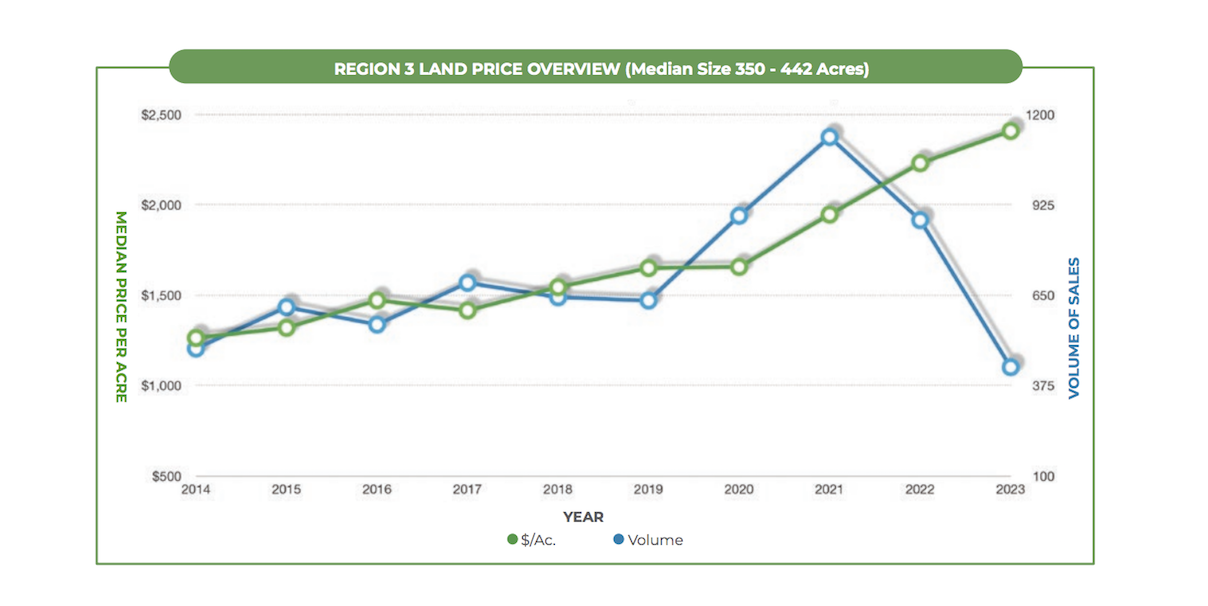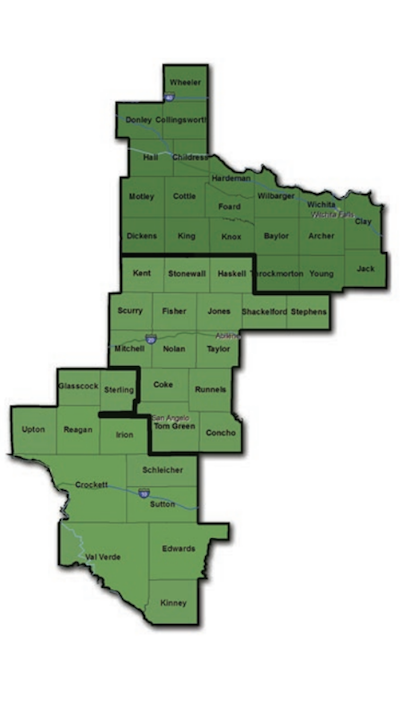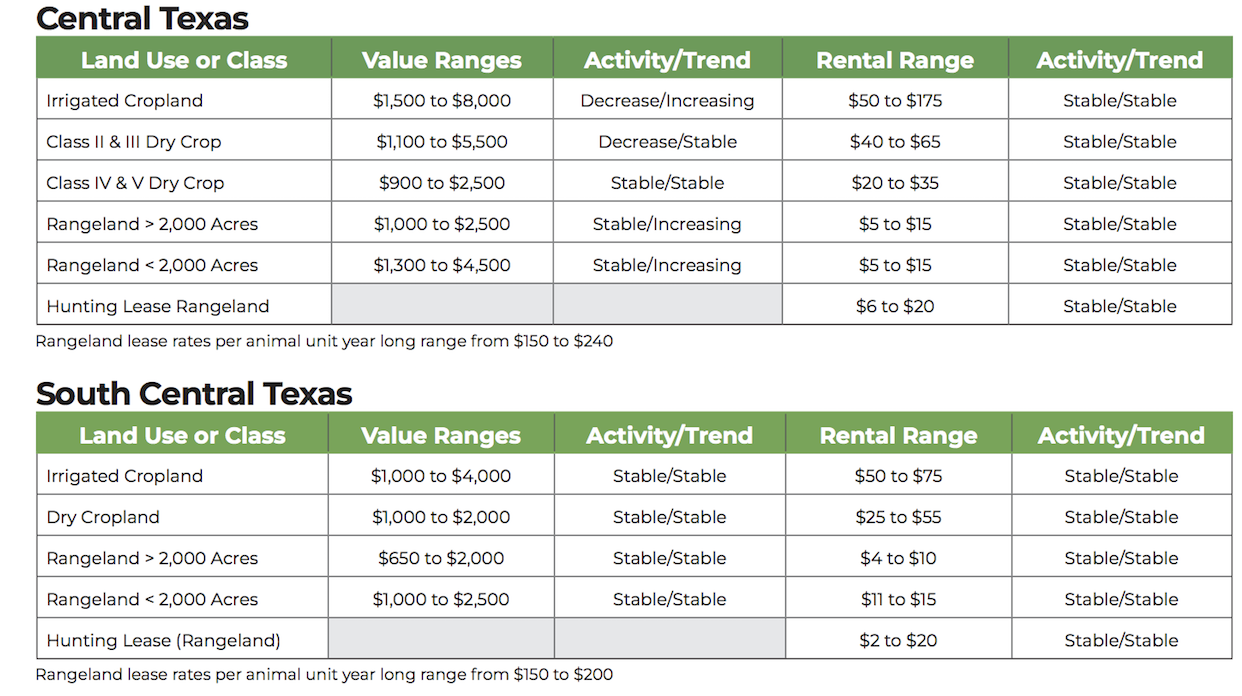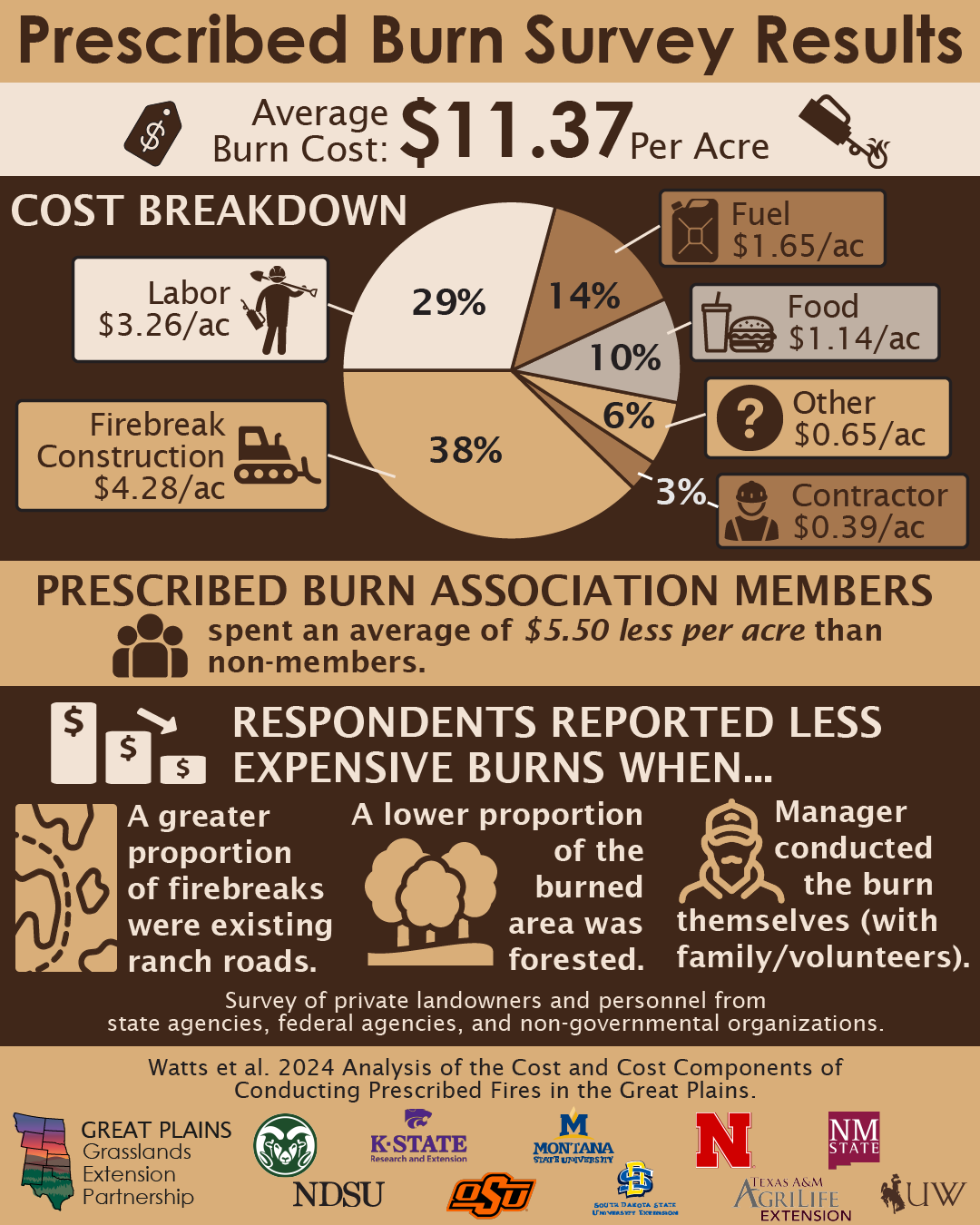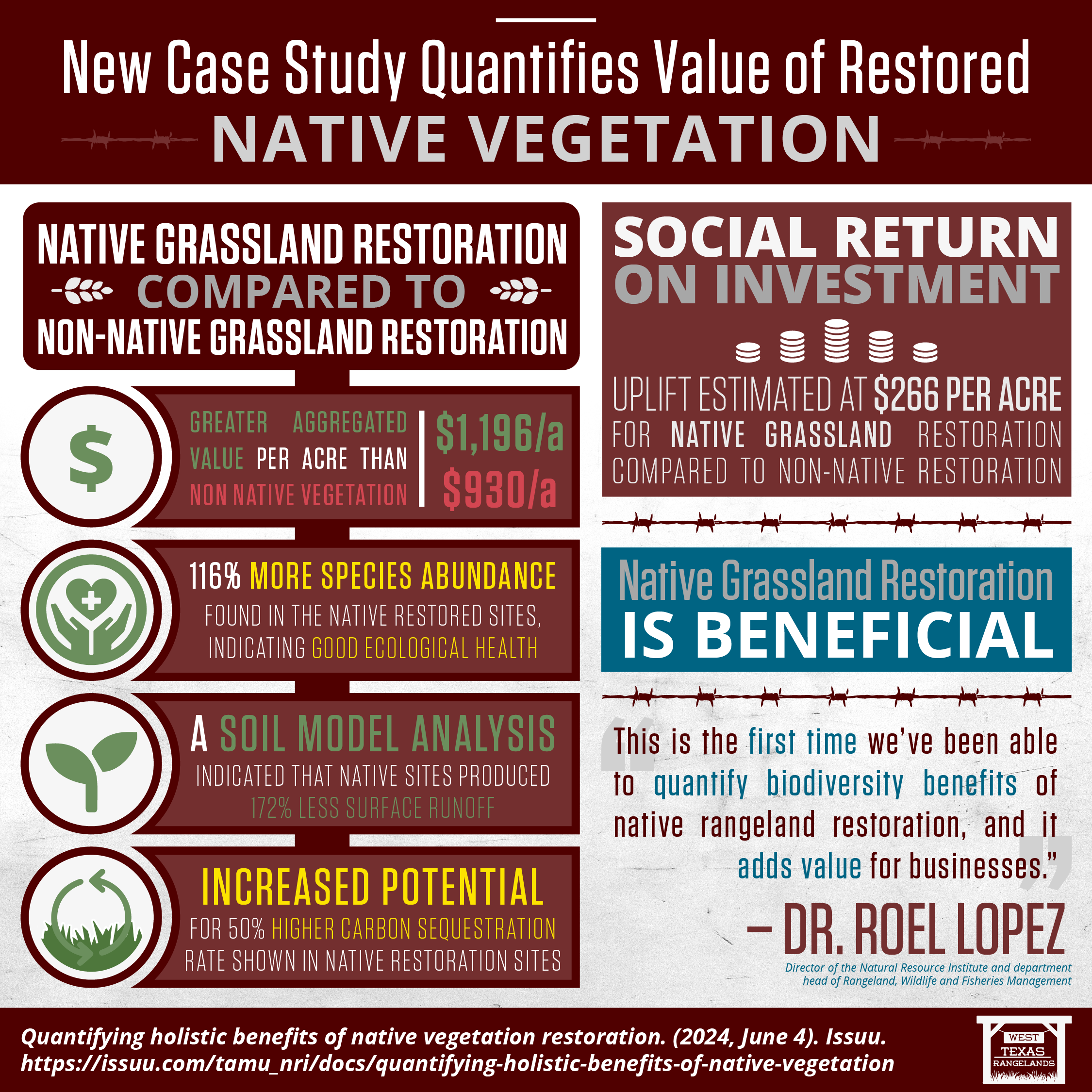 Did you know that there are more than 500,000 miles of oil and gas rights-of-ways in Texas alone? There has been limited information available to evaluate the difference in restoring disturbed lands to native states versus the more traditional use of non-native seeds. Being able to understand the difference along with the ecosystem impacts and the social benefits could create a positive case for vegetation restoration by the oil and gas industry.
Did you know that there are more than 500,000 miles of oil and gas rights-of-ways in Texas alone? There has been limited information available to evaluate the difference in restoring disturbed lands to native states versus the more traditional use of non-native seeds. Being able to understand the difference along with the ecosystem impacts and the social benefits could create a positive case for vegetation restoration by the oil and gas industry.
[Read more…] about What is the Value of Native Vegetation Restoration on Oil & Gas Rights-of-Way?
